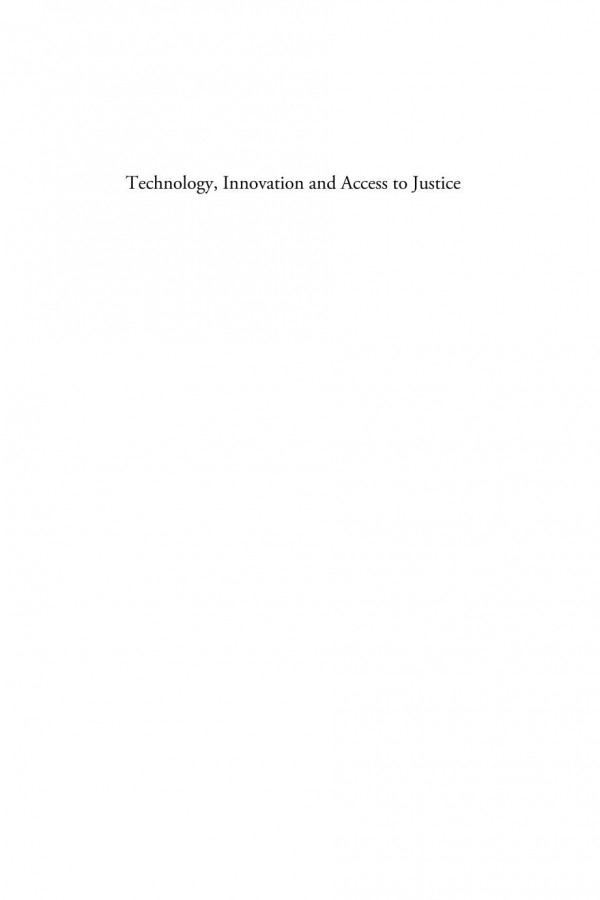

Most ebook files are in PDF format, so you can easily read them using various software such as Foxit Reader or directly on the Google Chrome browser.
Some ebook files are released by publishers in other formats such as .awz, .mobi, .epub, .fb2, etc. You may need to install specific software to read these formats on mobile/PC, such as Calibre.
Please read the tutorial at this link: https://ebookbell.com/faq
We offer FREE conversion to the popular formats you request; however, this may take some time. Therefore, right after payment, please email us, and we will try to provide the service as quickly as possible.
For some exceptional file formats or broken links (if any), please refrain from opening any disputes. Instead, email us first, and we will try to assist within a maximum of 6 hours.
EbookBell Team

0.0
0 reviewsWhile legal technology may bring efficiency and economy to business, where are the people in this process and what does it mean for their lives?
Around five billion people globally are unable to address their everyday legal problems and do not have the security, opportunity or protection to redress their grievances and injustices. Courts and legal institutions can often be out of reach because of costs, distance or a lack of knowledge of rights and entitlements and judicial institutions may be under-funded leading to poor judicial infrastructure, inadequate staff, and limited resources to meet the needs of those who require such services.
This book sets out to embed access to justice into mainstream discussions on the future of law and to explore how this can be addressed in different parts of the legal industry. It examines what changes in technology mean for the end user, whether an ordinary citizen, a client or a student. It looks at the everyday practice of law through a sector-wide analysis of law firms, universities, startups and civil society organisations. In doing so, the book provides a roadmap on how to address sector-specific access to justice questions and to draw lessons for the future. The book draws on experiences from judges, academics, practitioners, policy makers and educators and presents perspectives from both the Global South and the Global North.